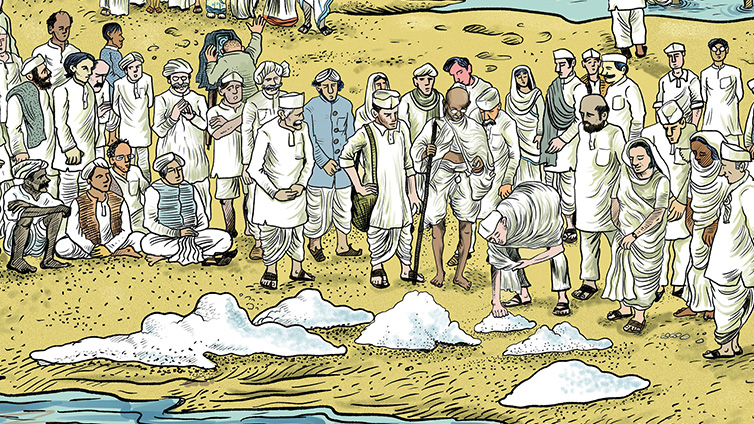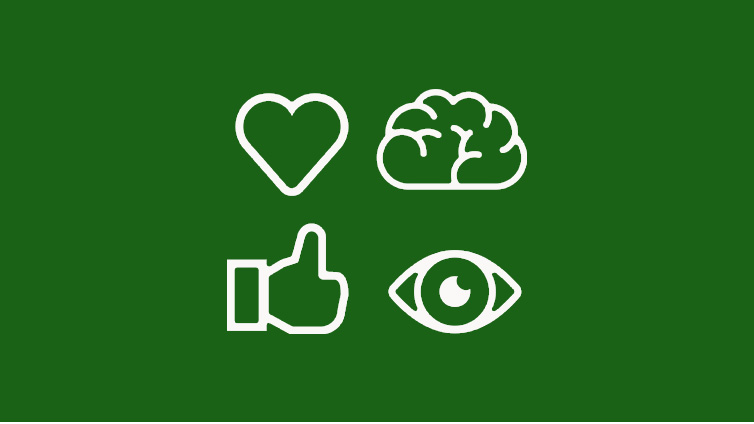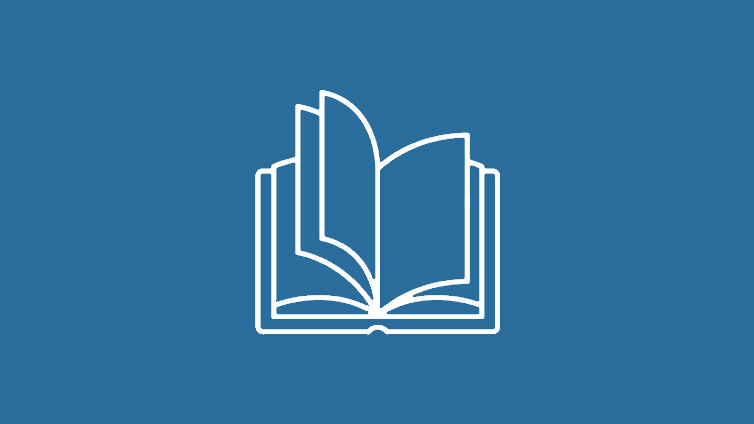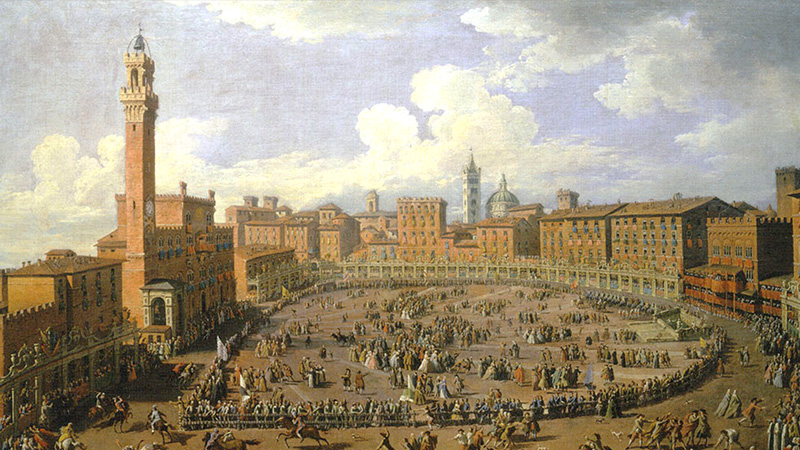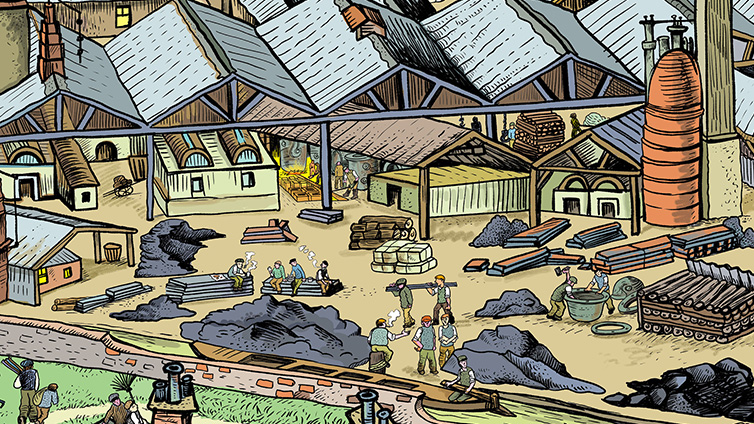What is World History?
Driving Question: Why is learning history important?
History comes alive when we view events from multiple perspectives and time periods. To uncover an event’s true significance, historians rely on powerful tools like claim testing and scale switching—methods that help unravel the complexities of the past and bring it into sharp focus.
Learning Objectives:
- Learn how scale switching helps historians better understand the past.
- Learn how to use claim testers to evaluate arguments.
- Identify the three frames of this course and explain their characteristics.
Vocab Terms:
- authority
- claim tester
- evidence
- frame
- intuition
- logic
- scale switching
Opener: What Is World History?
To teach this lesson step, refer to page 2 of the Lesson 1.2 Teaching Guide.
Ever heard the phrase “look at the big picture”? Now, imagine what happens when you're only looking at one small piece of it. The full story can be completely different.
The World in 1750
To teach this lesson step, refer to page 2 of the Lesson 1.2 Teaching Guide.
Check out this blog post to learn more about narratives and frames and how they connect to other key concepts in the course.
Overview videos break down the big themes, spotlight key data, and zoom in or out to give you fresh angles on history.
-
Guiding Questions
-
Before you watch
Preview the questions below, and then review the transcript.
While you watch
Look for answers to these questions:
- Why start a course like this in 1750?
- The video argues that the world of 1750 was also changing. What examples does it give?
- How did the Qianlong Emperor and Lord Macartney have different views of the world when they met?
- How was Britain’s growing wealth based partly on its control of Bengal in this period?
- What does the map of British ship journeys around the world tell us about global trading patterns?
After you watch
Respond to this question: This video provided an argument for beginning a course in 1750. Do you agree with this argument? Why or why not?
Key Ideas
Claim Testing
To teach this lesson step, refer to page 3 of the Lesson 1.2 Teaching Guide.
Looking for some at-a-glance guidance for claim testing? Look no further than this one-pager!
Historians love to make claims about the past. Claim testing is the best tool for evaluating those arguments and separating fact from fiction.
Reading History
To teach this lesson step, refer to page 3 of the Lesson 1.2 Teaching Guide.
Take a look at the Reading Overview for some approaches to teaching reading.
Interpreting history means diving deep into the details. Try the Three-Step Reading strategy to dig into the first article in this course.
-
Guiding Questions
-
Before you read
Preview the questions below, and then skim the article. Be sure to look at the section headings and any images.
While you read
Look for answers to these questions:
- Why does this course begin in the year 1750?
- Who created the “Rise of the West” narrative? Is the narrative reliable?
- What are two ways that people organized their communities in 1750?
- Why did companies like the Dutch East India Company and the British East India Company exist and expand during this time period?
- What kinds of networks were key to bringing together many different concepts, innovations, and cultural ideas in some regions at this time?
After you read
Respond to this question: Would a historian living in China in the year 1750 write the same narrative about this time as a Western historian? How does this change your idea of history in general?
Closer: What Is World History?
To teach this lesson step, refer to page 5 of the Lesson 1.2 Teaching Guide.
What happens when we start with the big picture? How does zooming in on the smaller details change our understanding? It’s all about shifting perspectives to uncover new insights.

